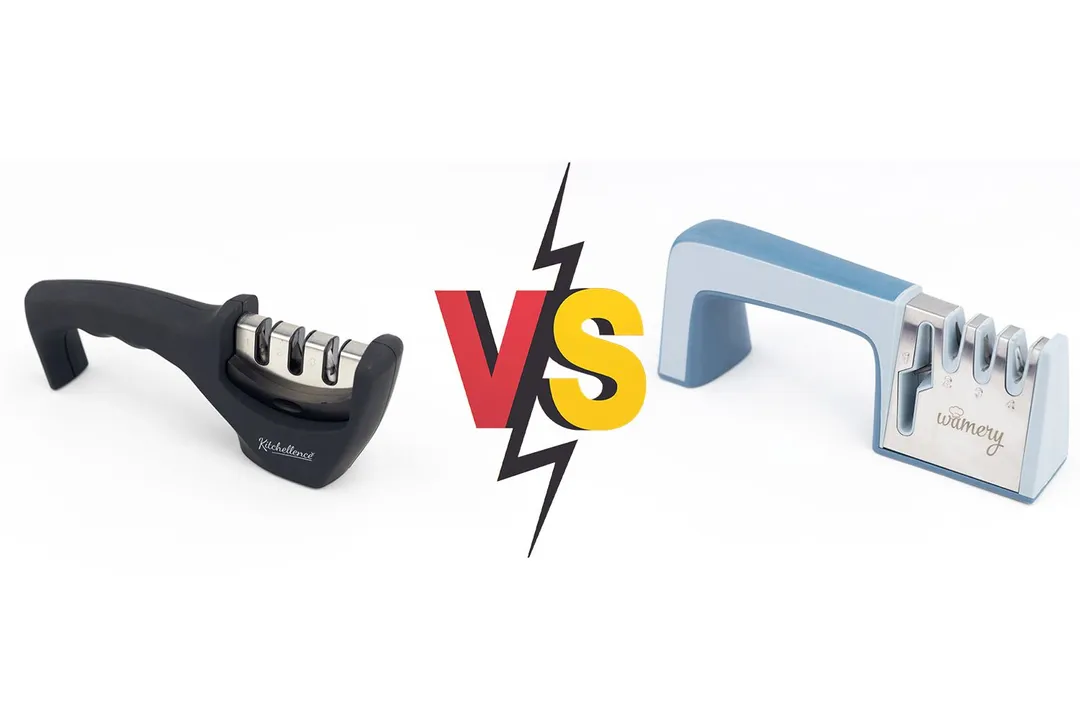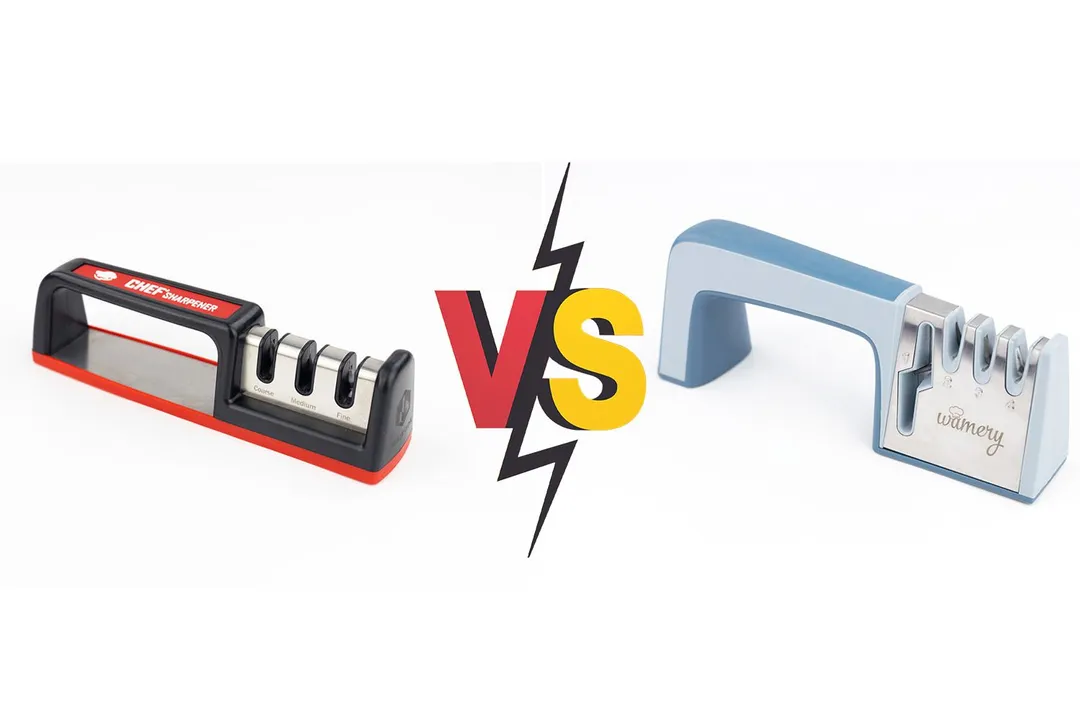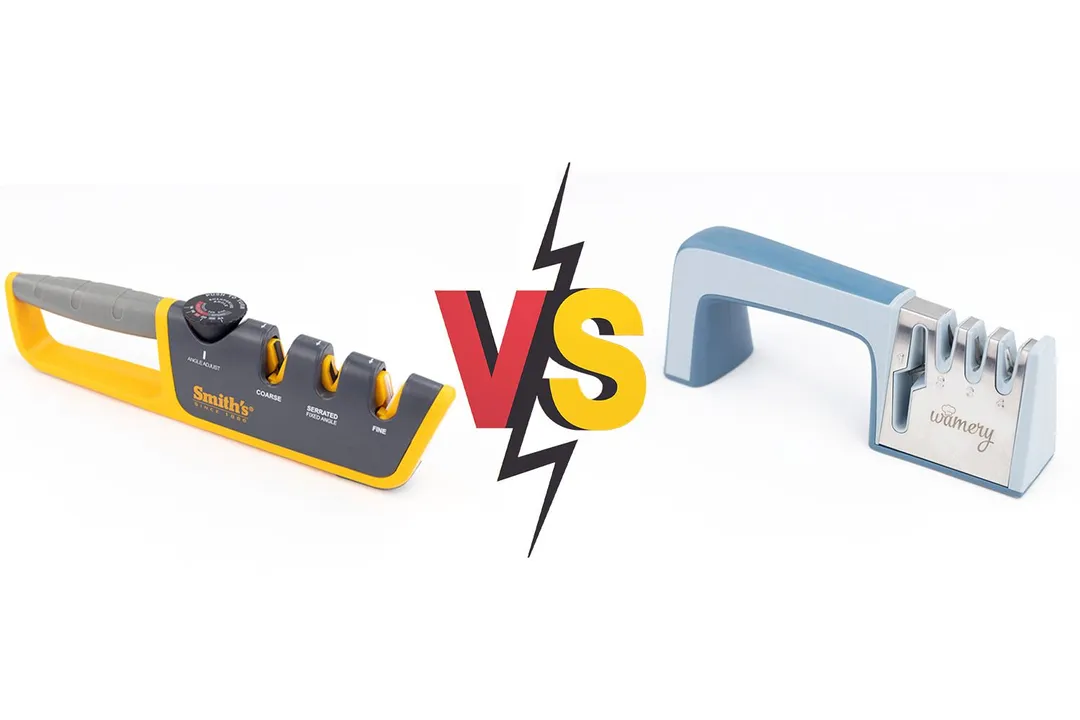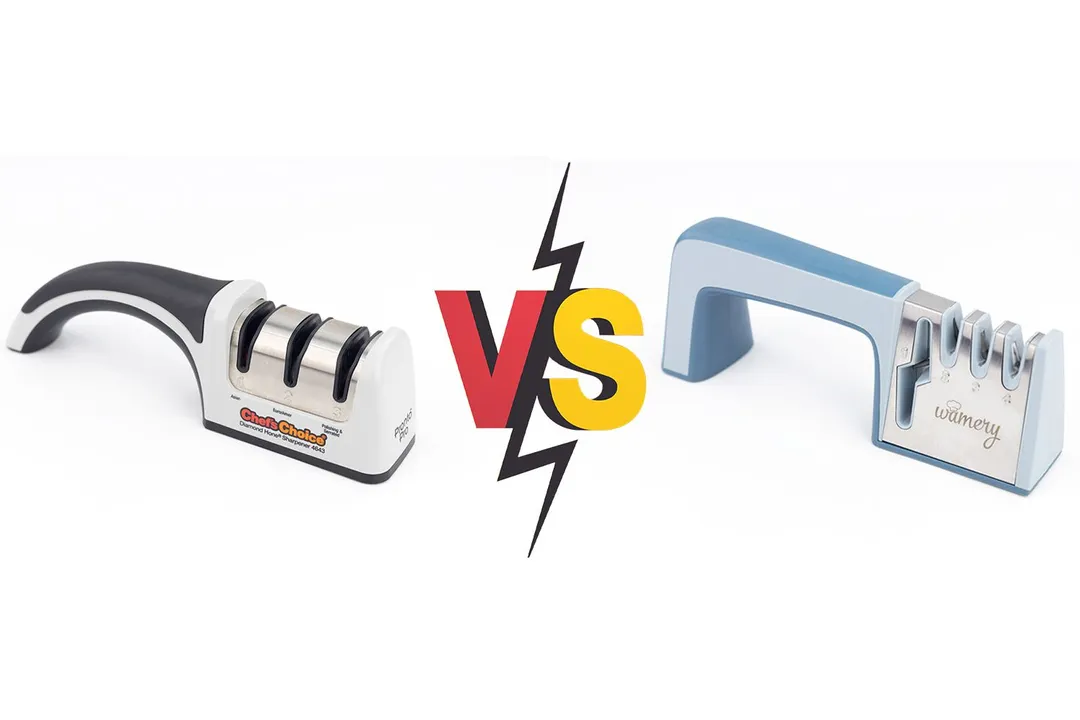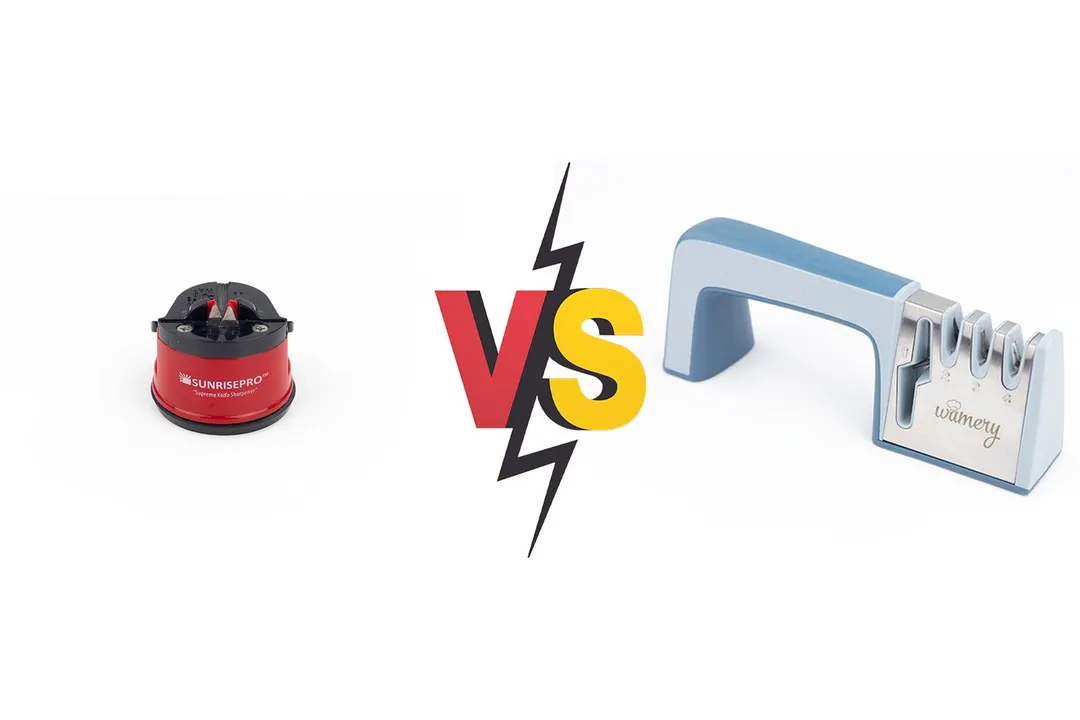Our recommendations are made independently through Research & Testing. We may receive commissions from purchases made via our links.
KitchenIQ 50009 Manual vs Wamery 4-Stage Manual Side-by-Side Comparison
Though they scored the same in our maximum sharpness test, the KitchenIQ 50009 is smaller and less effective compared to the Wamery 4-stage sharpener.
KitchenIQ 50009
Tested Using Methodology v1.1Wamery 4-Stage
Tested Using Methodology v1.1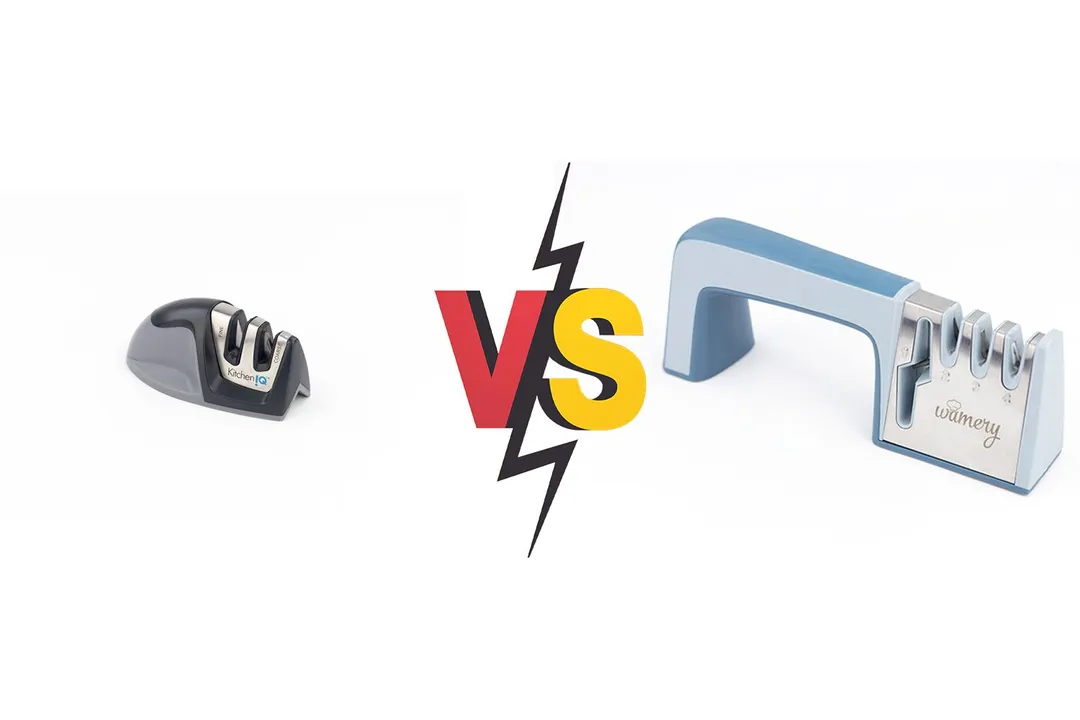
Overall Verdict
Our test knives reached the same level of sharpness with the KitchenIQ 50009 and the Wamery 4-stage sharpeners; however, we could find little, if anything, else in common between the two devices.
The KitchenIQ works on different types of surfaces and is more solidly built but its compact size limits it to smaller and lighter knives. Though slightly bulkier than necessary, the Wamery’s size fits an adult’s hand better, making it easier and safer to work with.
The KitchenIQ took triple the time to complete our lemon test compared to the Wamery—if you’re expecting a keen edge after a few quick swipes, the latter is the better choice. The Wamery is also more gentle to the edge and does a nicer job of polishing it.
Pros & Cons
- Easy storage
- Affordable price
- Base works on both counter edge and flat surfaces
- Simple, sturdy design
- Extra sharpening slot for scissors
- Intuitive slot order
- Wide base
- Awkward small size
- Long sharpening time
- Shabby build
- Excessive height, high center of gravity
Key Specs
Where to Buy
*You help support HealthyKitchen101's product testing and reviews by purchasing from our retail partners.
Analysis and Test Results
Performance
Sharpening Time to Cut a Lemon
Material Retention


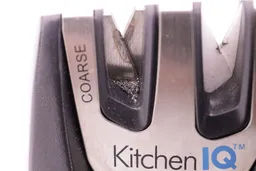
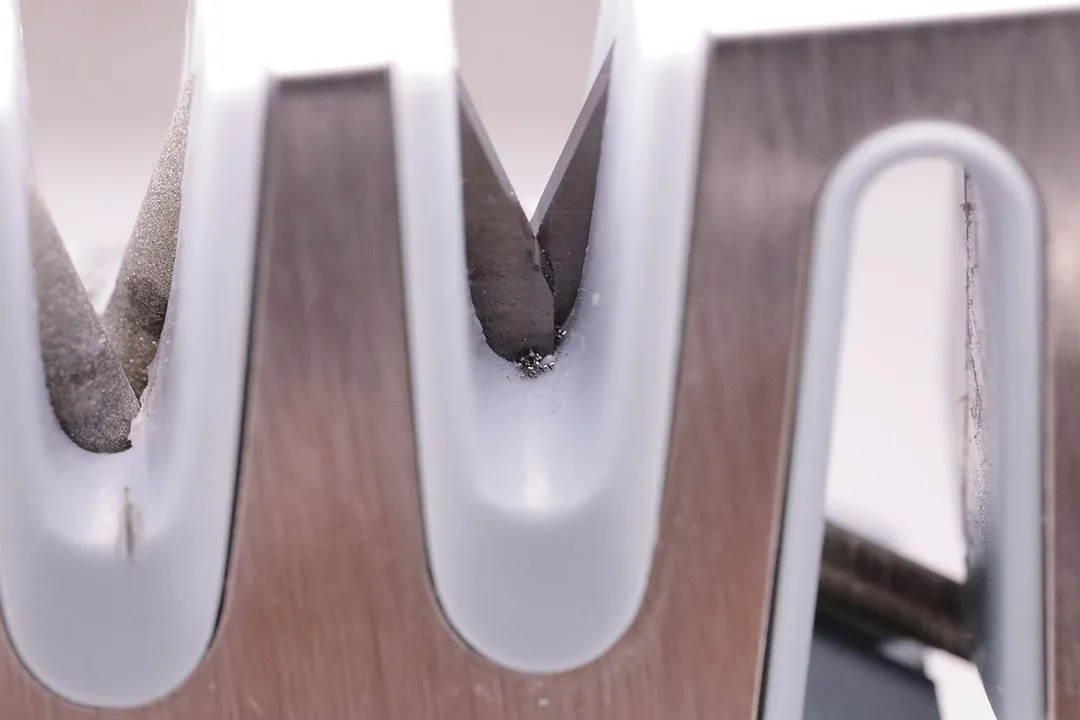
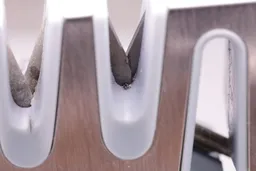

Maximum Sharpness Achieved
Edge Smoothness
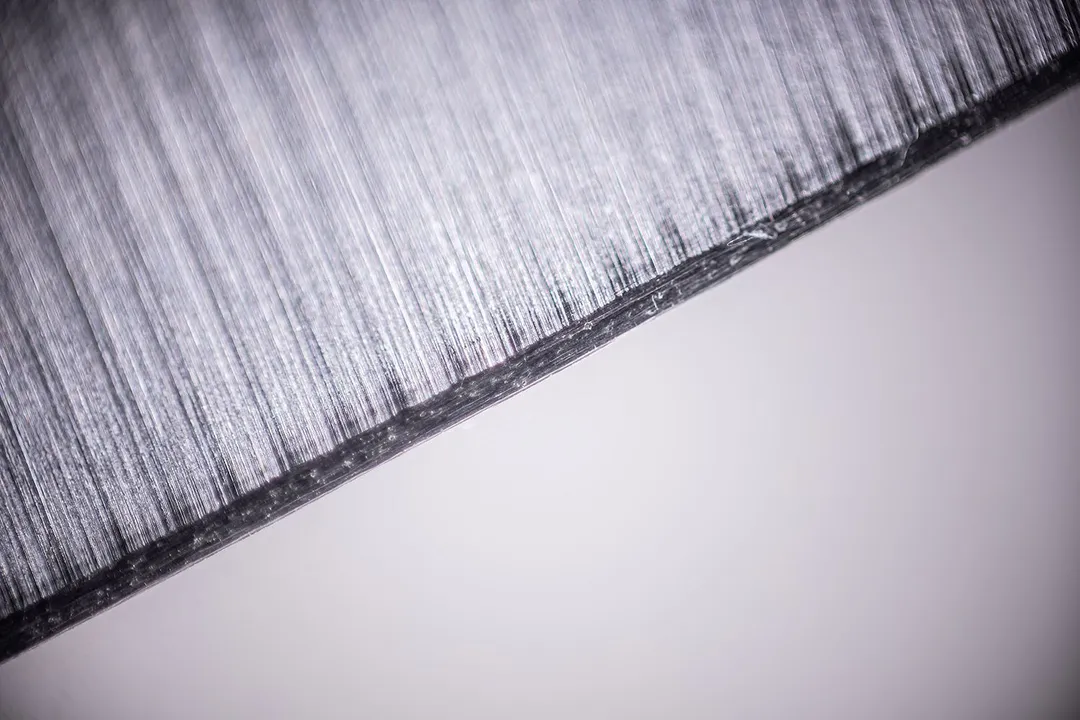
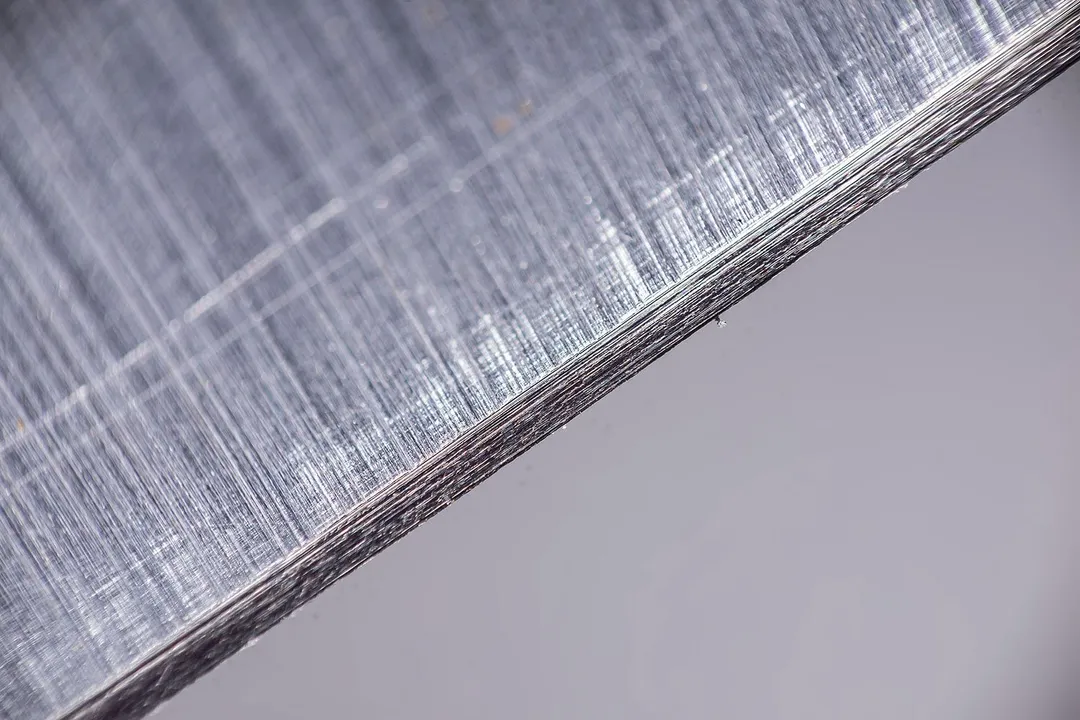
Design
In the Box
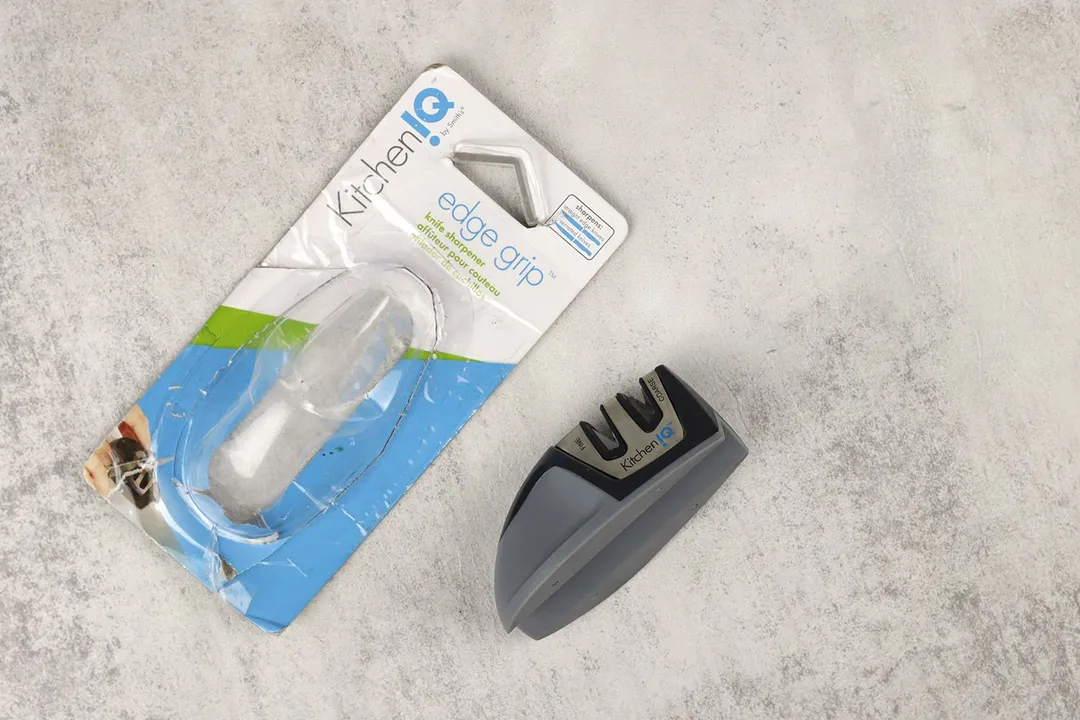

Dimensions
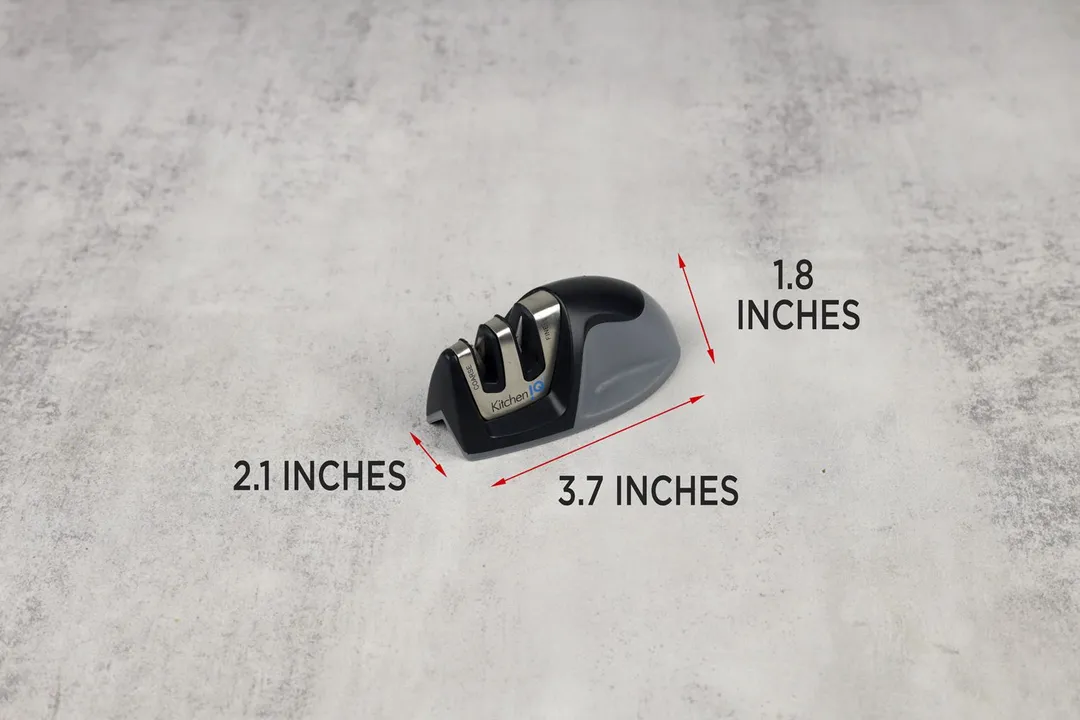
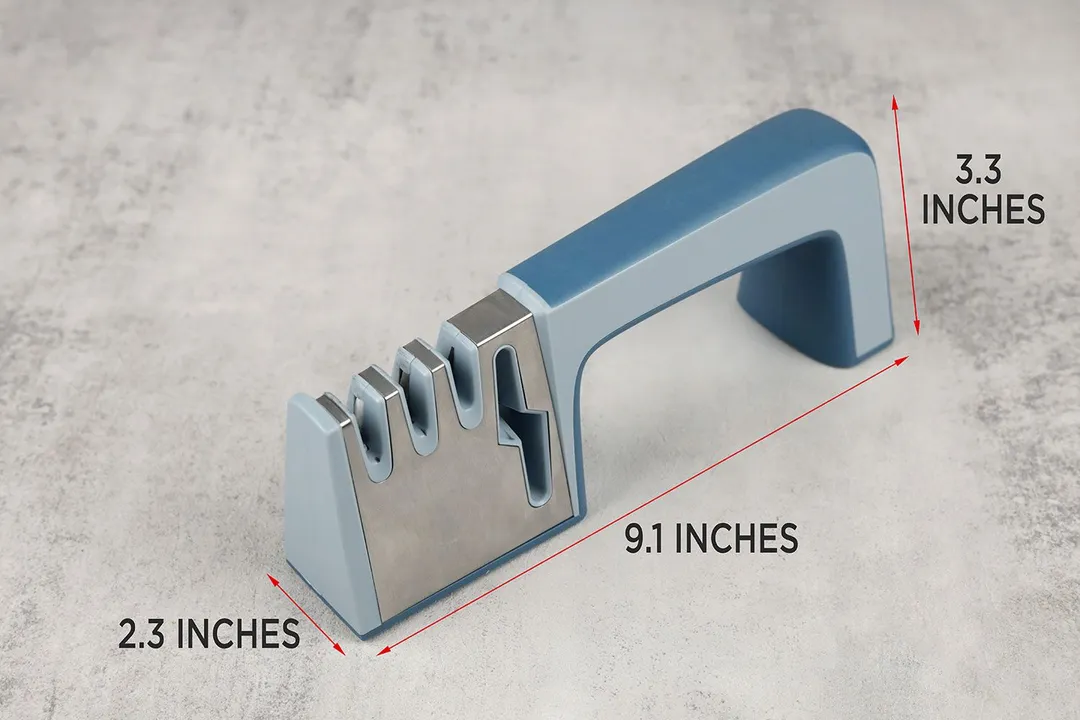
Build Quality

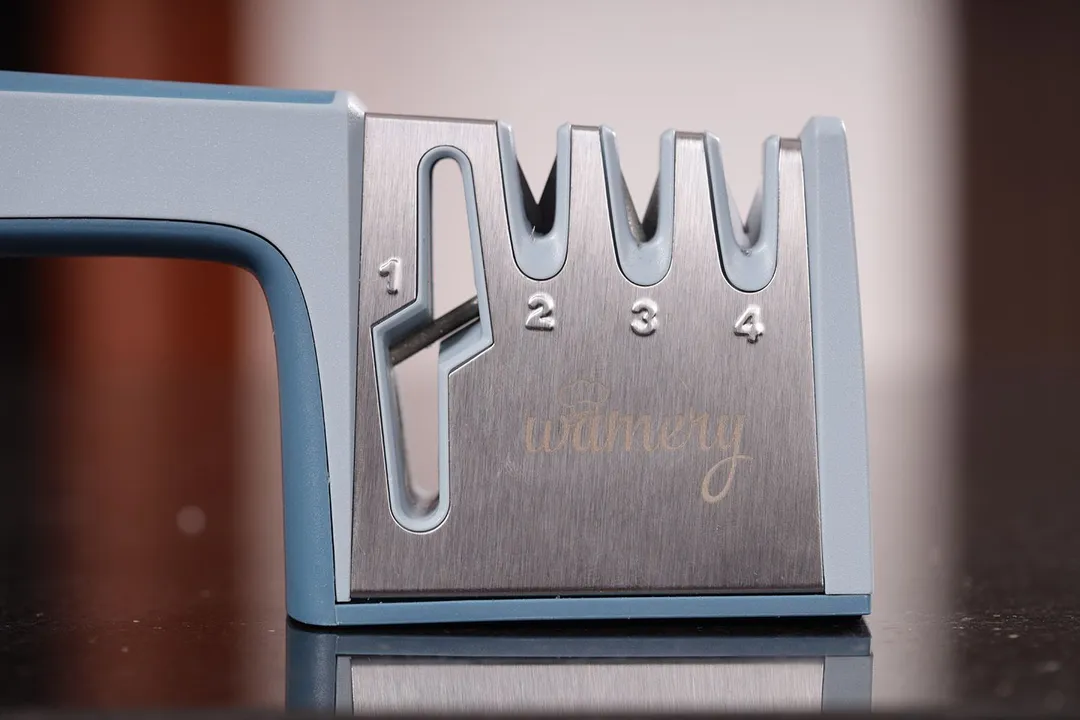
Working Section
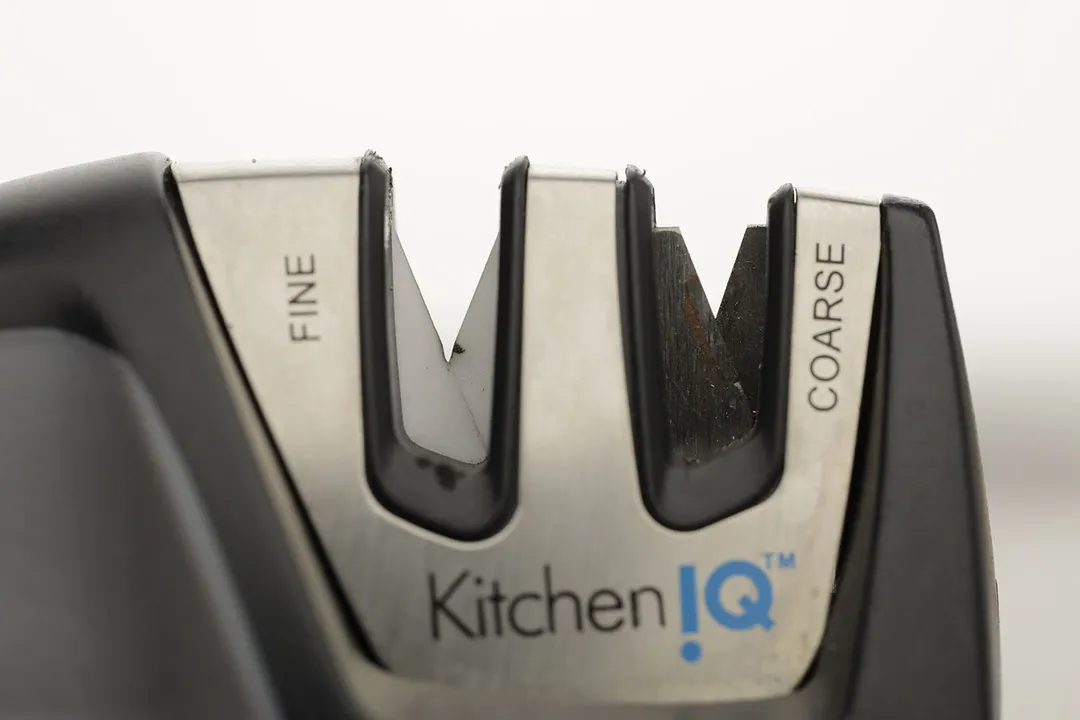
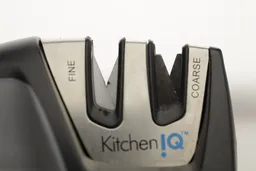

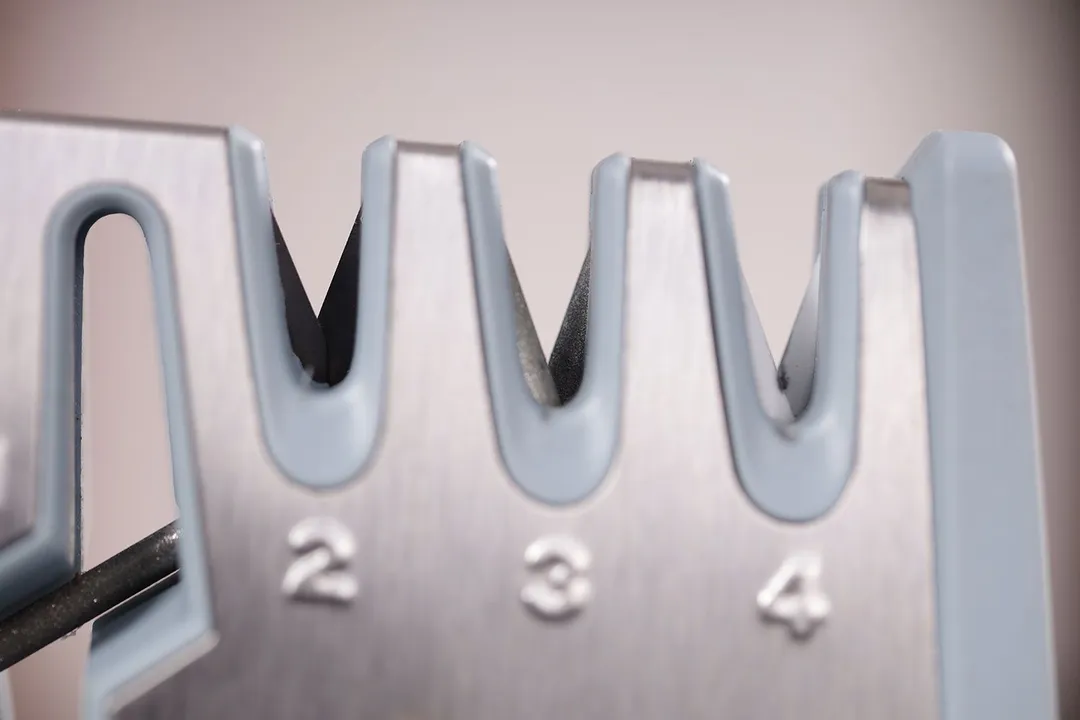
Base
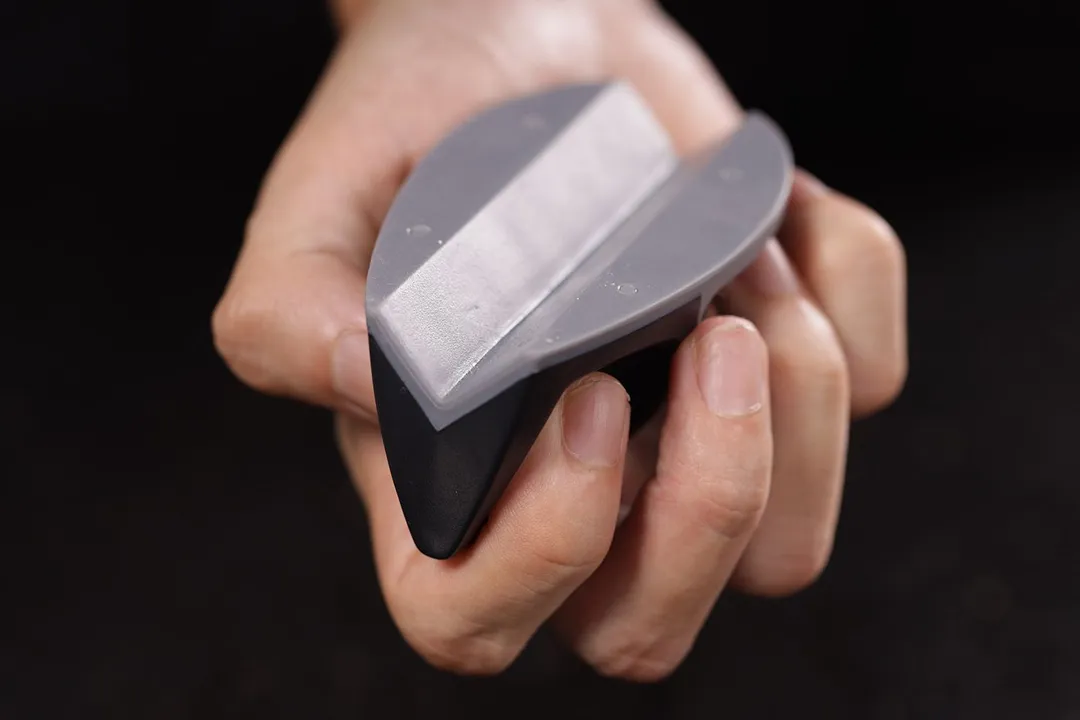
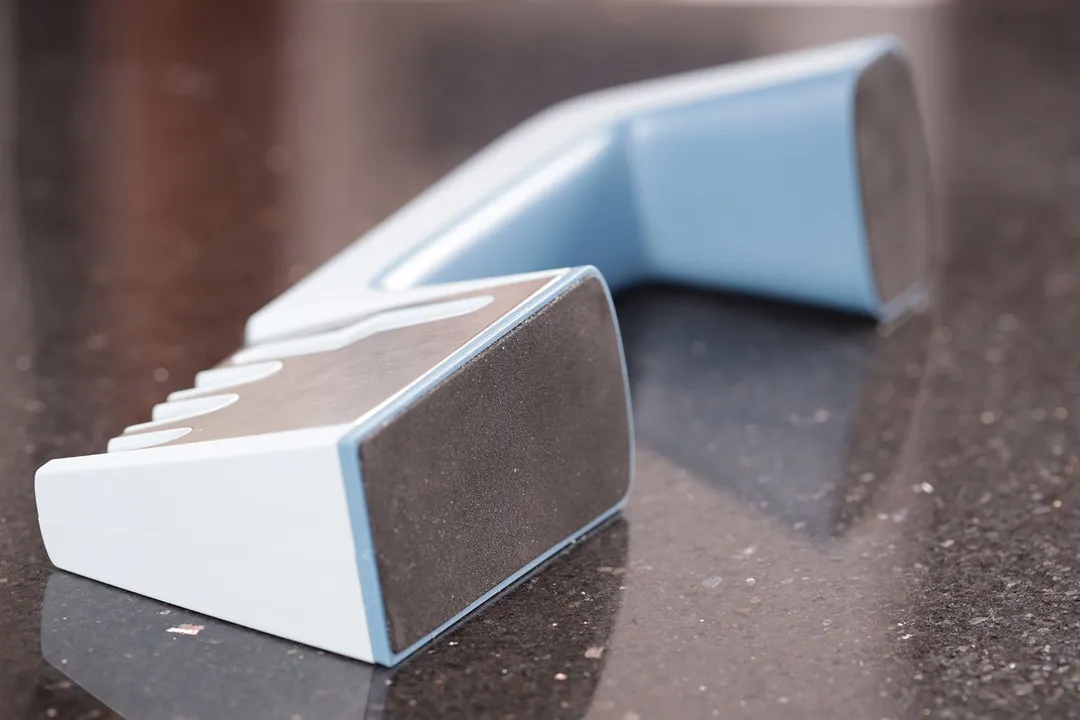
Grip
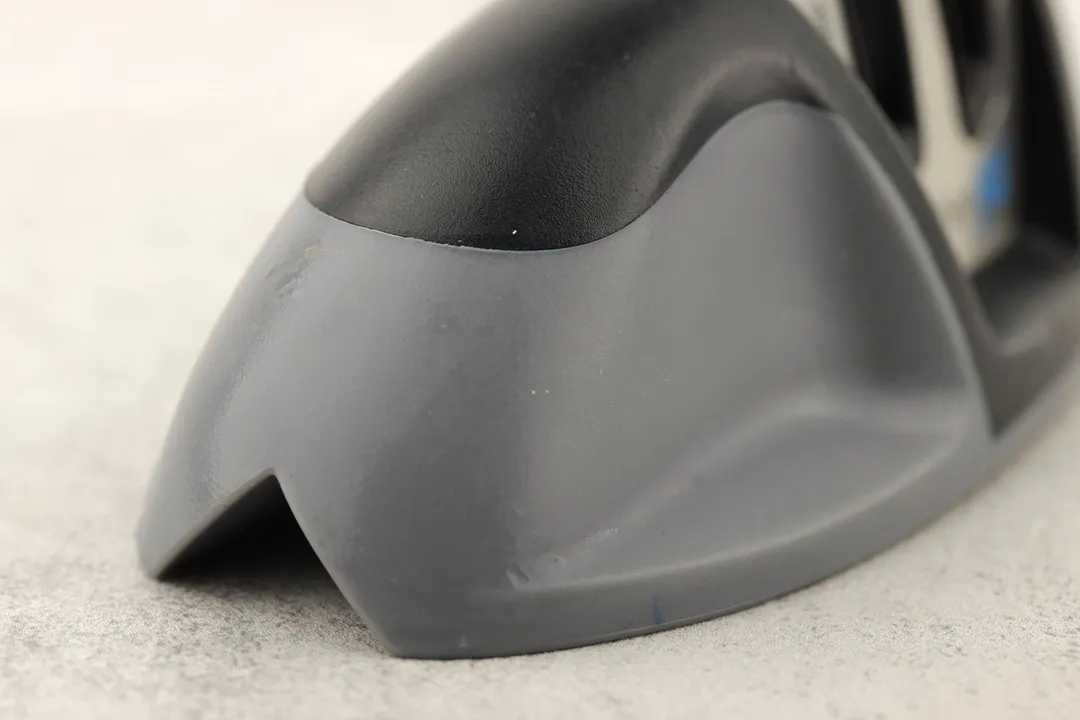
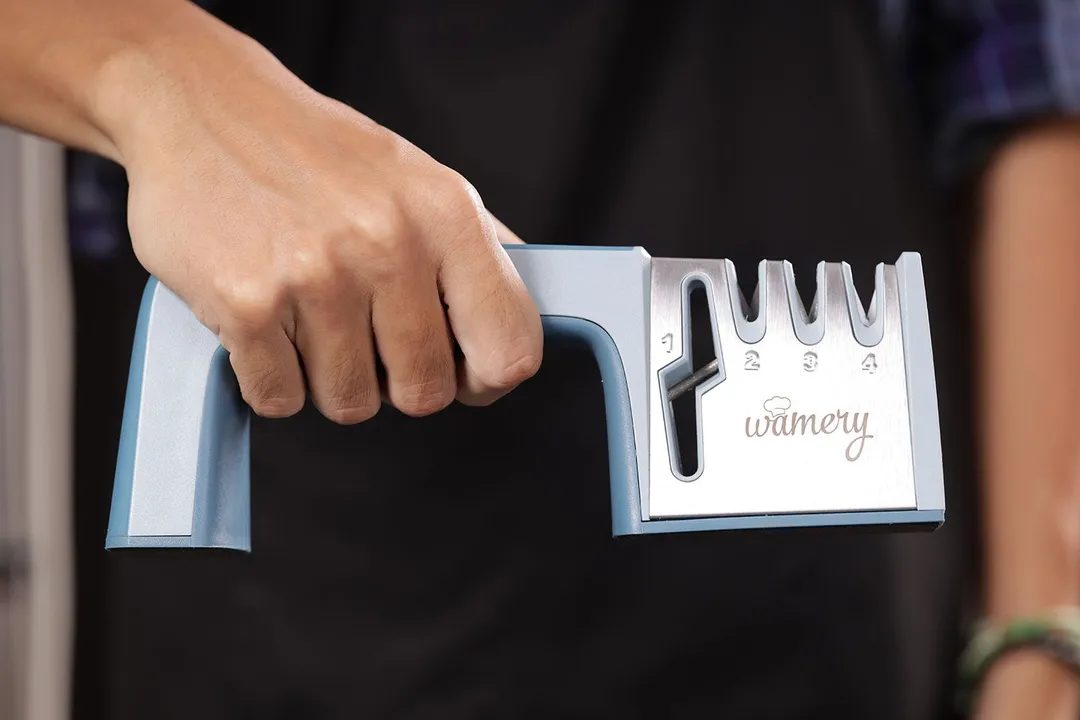
Usability
Slot Arrangement
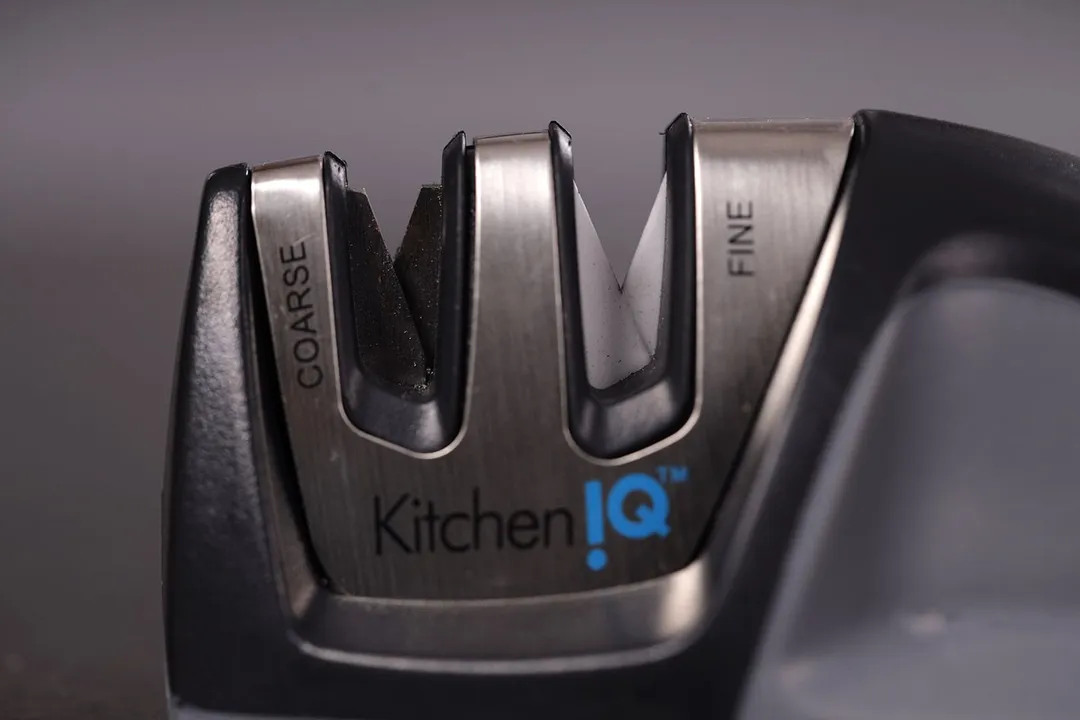
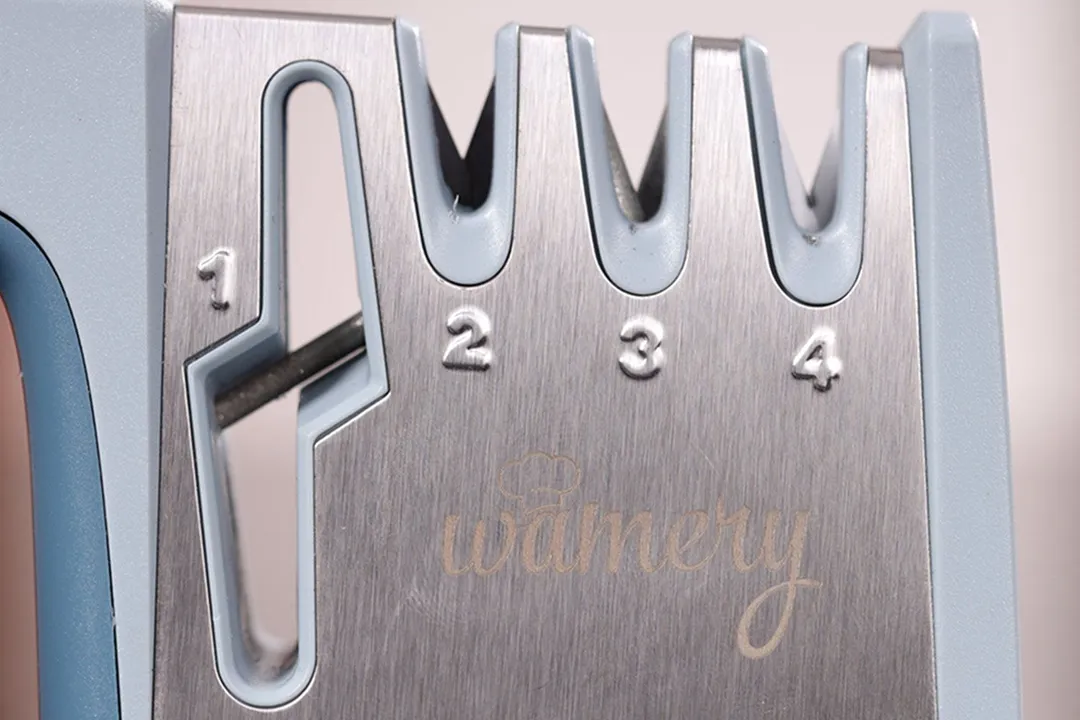
Insertion
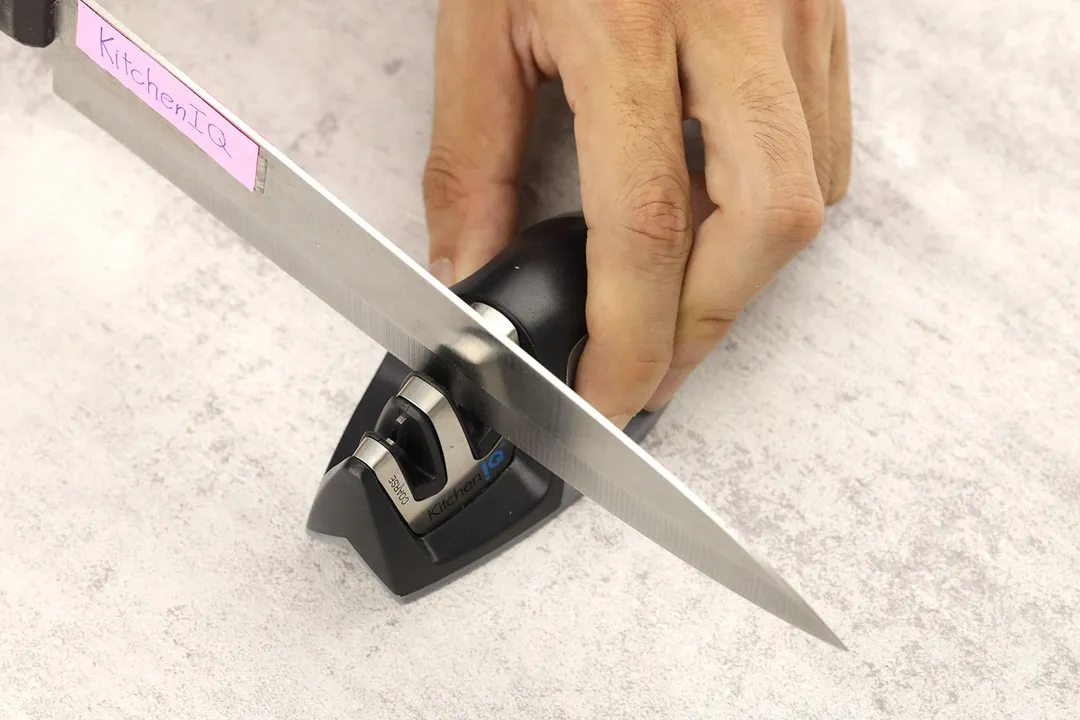
Pulling Through

Stability on a Clean Surface

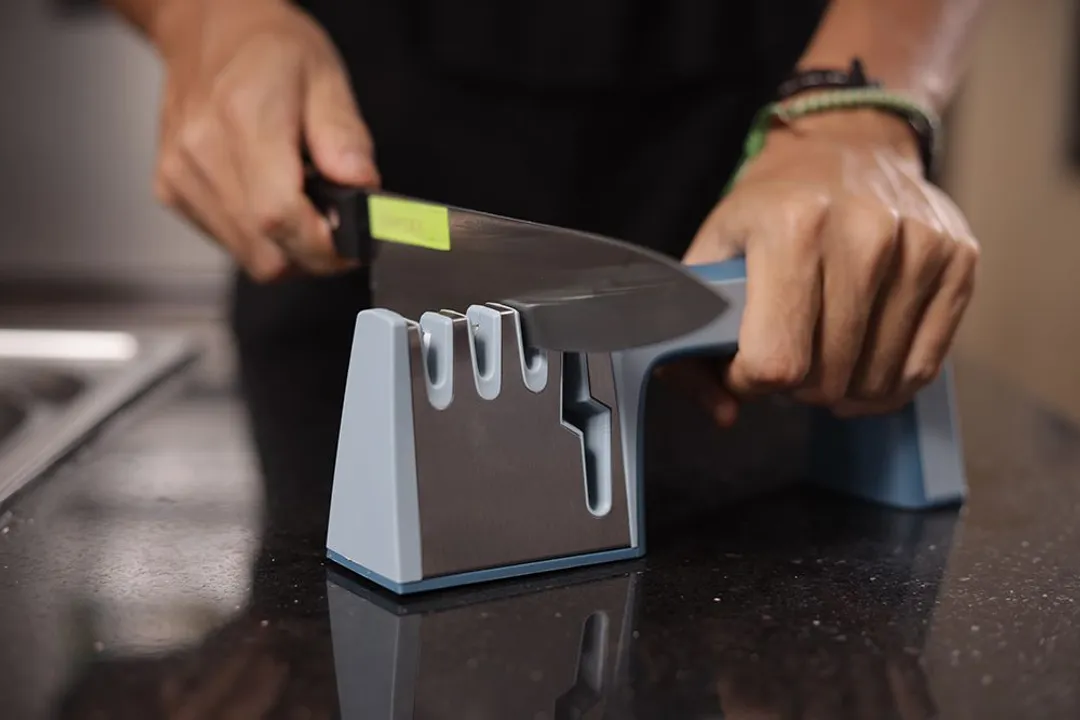
Stability on a Wet and Dirty Surface
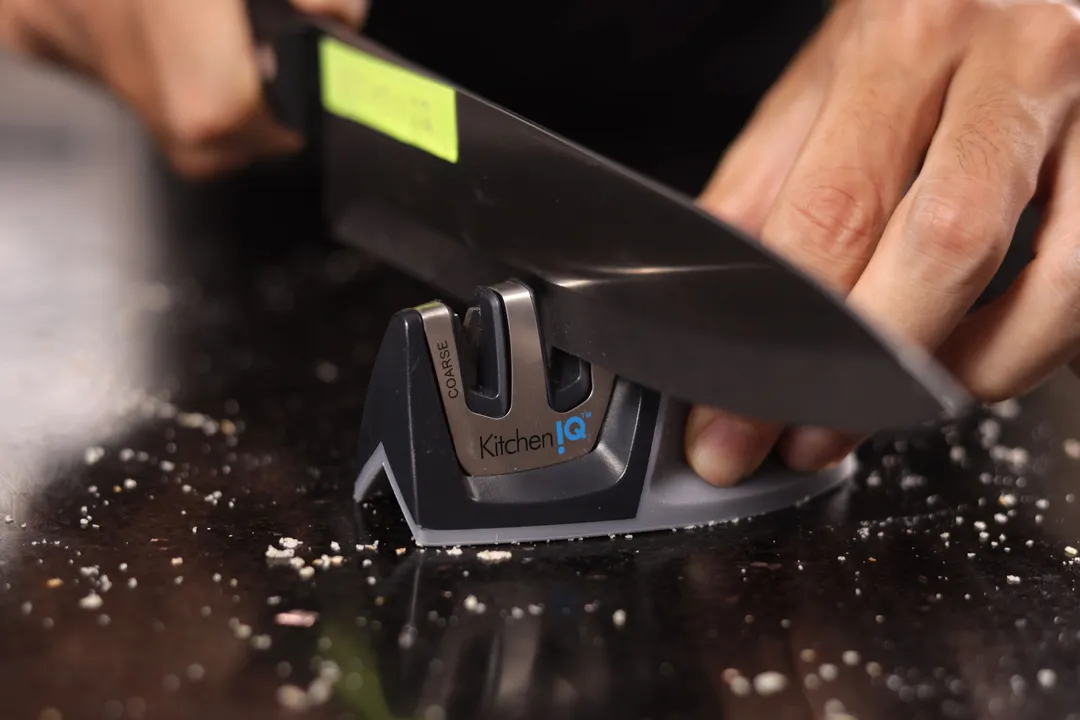
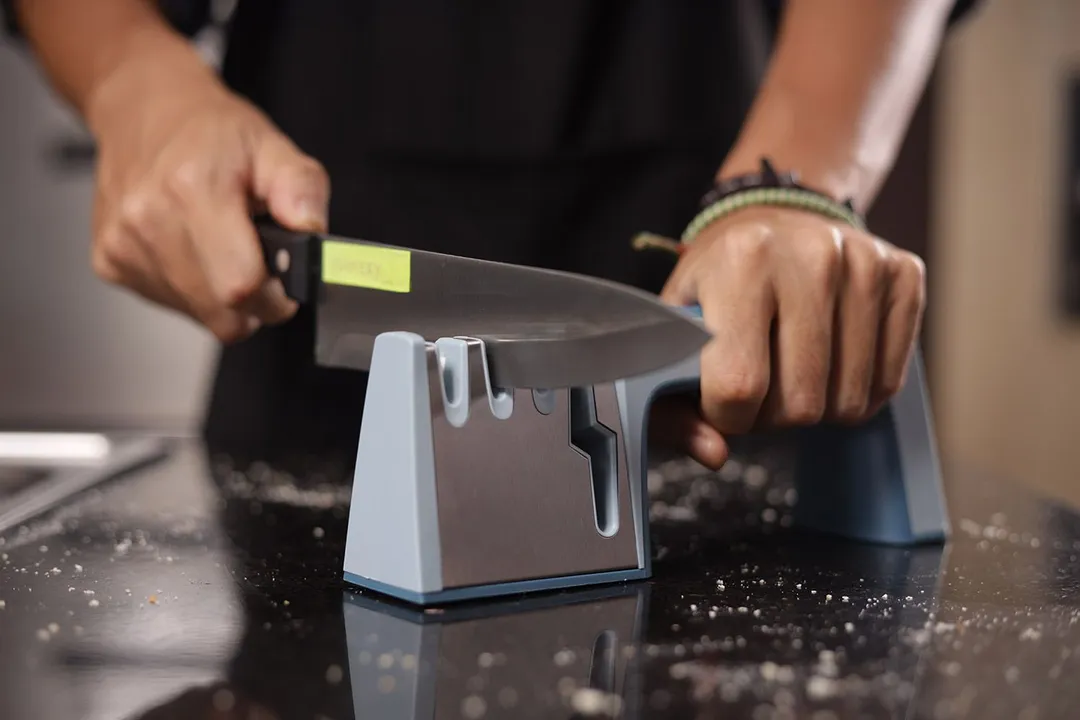
Behind the Comparison
Anh Ngo is a writer with 9 years experience at different media outlets, covering from public news and events to product testing and analysis. At HealthyKitchen101, she works across different departments, communicating closely with its network of writers, editors, and health, tech, and search engine experts to provide a meaningful and pleasant reading experience for visitors.
Lap is Head of the Research, Testing, and Review Team (RTR Team) at HealthyKitchen101.com, where he directs and supervises the testing of kitchen gadgets and appliances.
Nguyen Ntk is a graphic designer, photographer, and videographer whose philosophy centers around respecting and celebrating the beauty of reality. Through his lenses, Nguyen strives to capture the true essence of objects and events, showcasing and highlighting authentic features without distortion or exaggeration.



